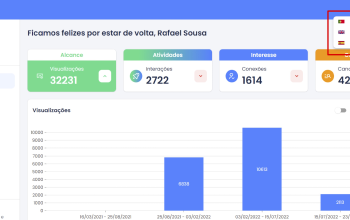A Look into the Future of Translation and Localization


As technology continues to advance, the field of translation and localization is also seeing significant changes. In the coming years, we can expect to see a number of developments that will improve the accuracy and efficiency of language translation, making it easier for people and businesses to communicate across borders.
One of the most exciting developments in the field of translation is the use of neural machine translation (NMT), like Google Traslate. NMT is a form of artificial intelligence (AI) that is able to learn the intricacies of a particular language and apply that knowledge to translations. This has led to a significant improvement in the quality of translations, particularly for less common languages.
Another area where we can expect to see advancements is in the use of natural language processing (NLP) to aid in localization. NLP is a field of AI that deals with the interaction between computers and human language. By using NLP techniques, like ChatGPT, software can be made to understand and respond to language in a more human-like way. This will make localization more accurate and efficient, as software will be able to understand the nuances and idioms of different languages and cultures.
With the increasing use of virtual and augmented reality technology, we can expect to see more demand for the translation of multimedia content. The ability to translate and localize video, audio and other multimedia content will become increasingly important as this technology becomes more prevalent. This also present new challenges and possibilities for localization, as translation engine will need to deal with idiomatic language, context, and tone.
We can also expect to see an increase in the use of crowdsourcing for translation and localization. By leveraging the power of the crowd, companies will be able to quickly and cost-effectively translate and localize their content into multiple languages. This has already been used in some companies, but will become more mainstream in the future as the approach improves and becomes more accessible.
In conclusion, the field of translation and localization is constantly evolving, and we can expect to see a number of exciting advancements in the coming years. The use of neural machine translation, natural language processing, and multimedia localization will improve the accuracy and efficiency of language translation. Additionally, the use of crowdsourcing will make it more cost-effective for businesses to communicate across borders. These developments will have far-reaching implications for industries such as e-commerce, education, entertainment, and many more, breaking down language barriers and making the world a more connected place.

